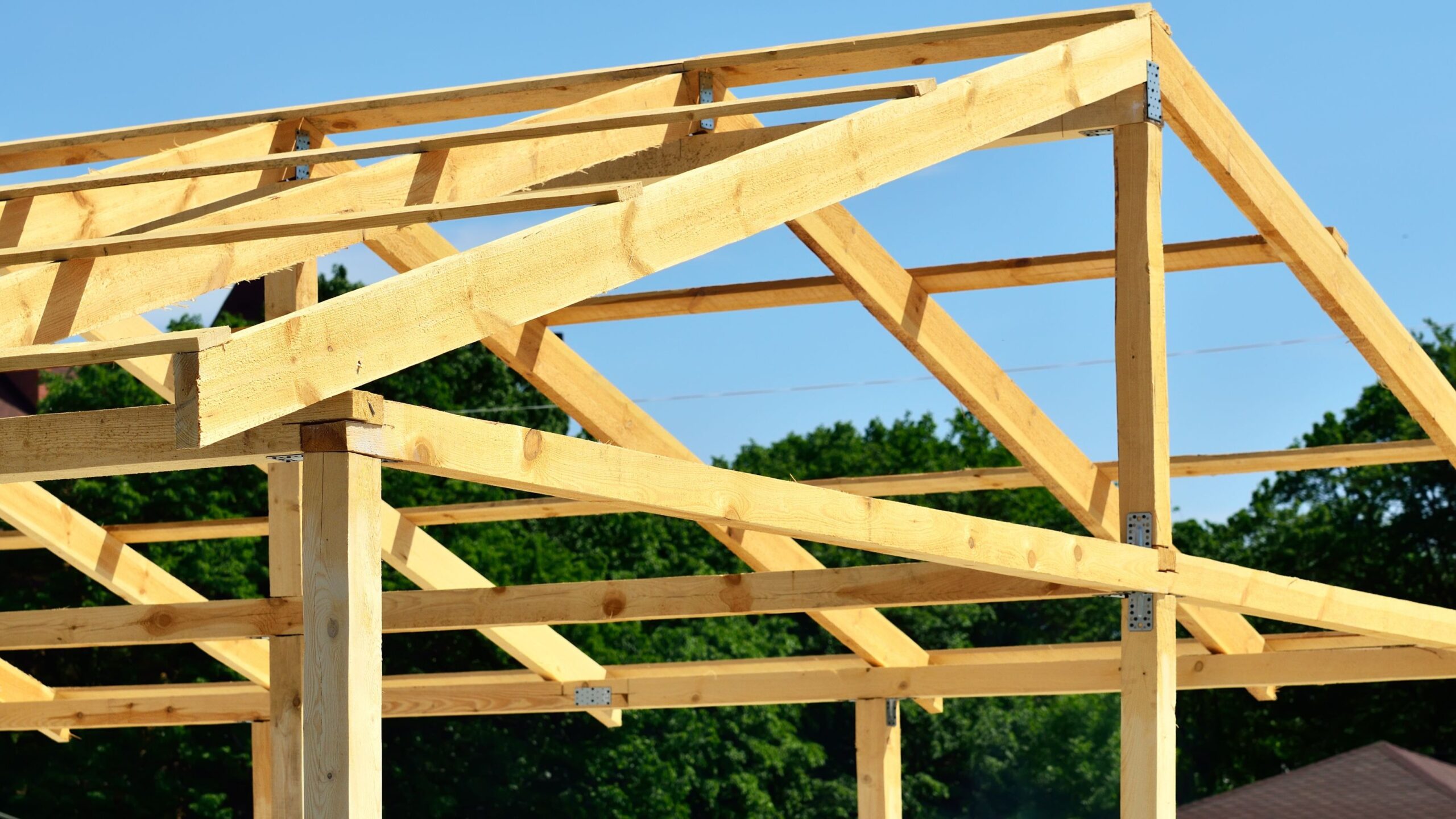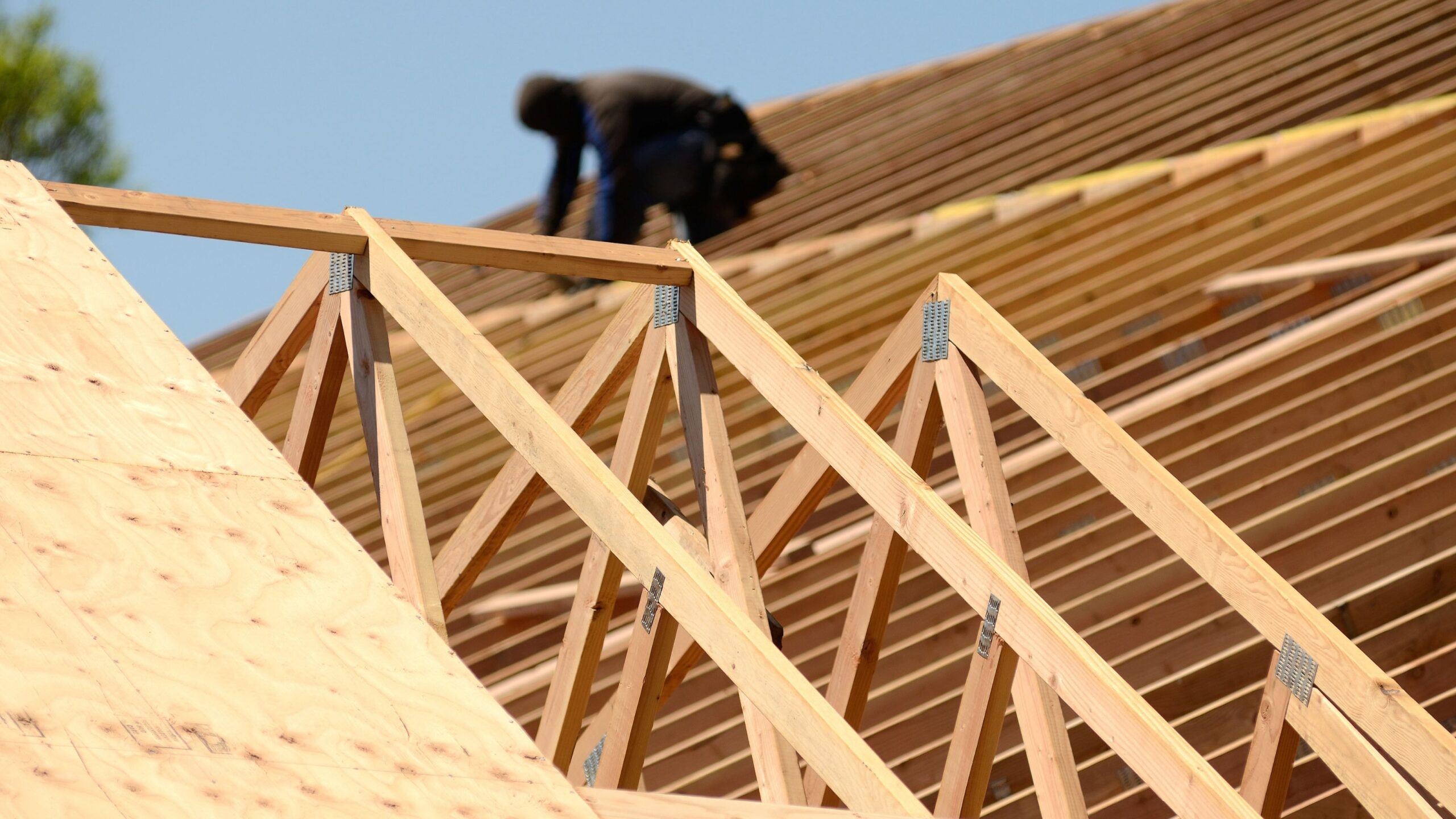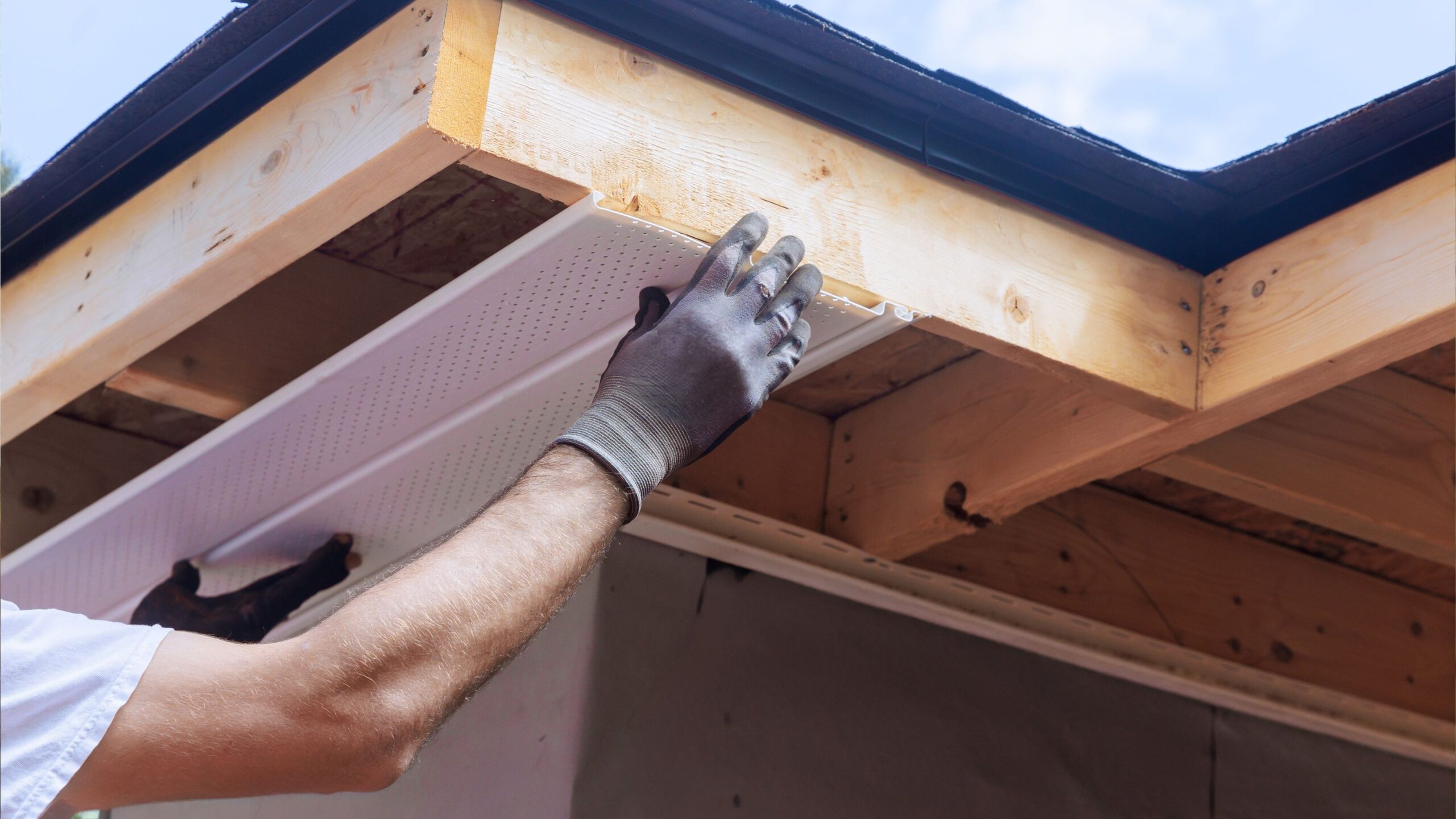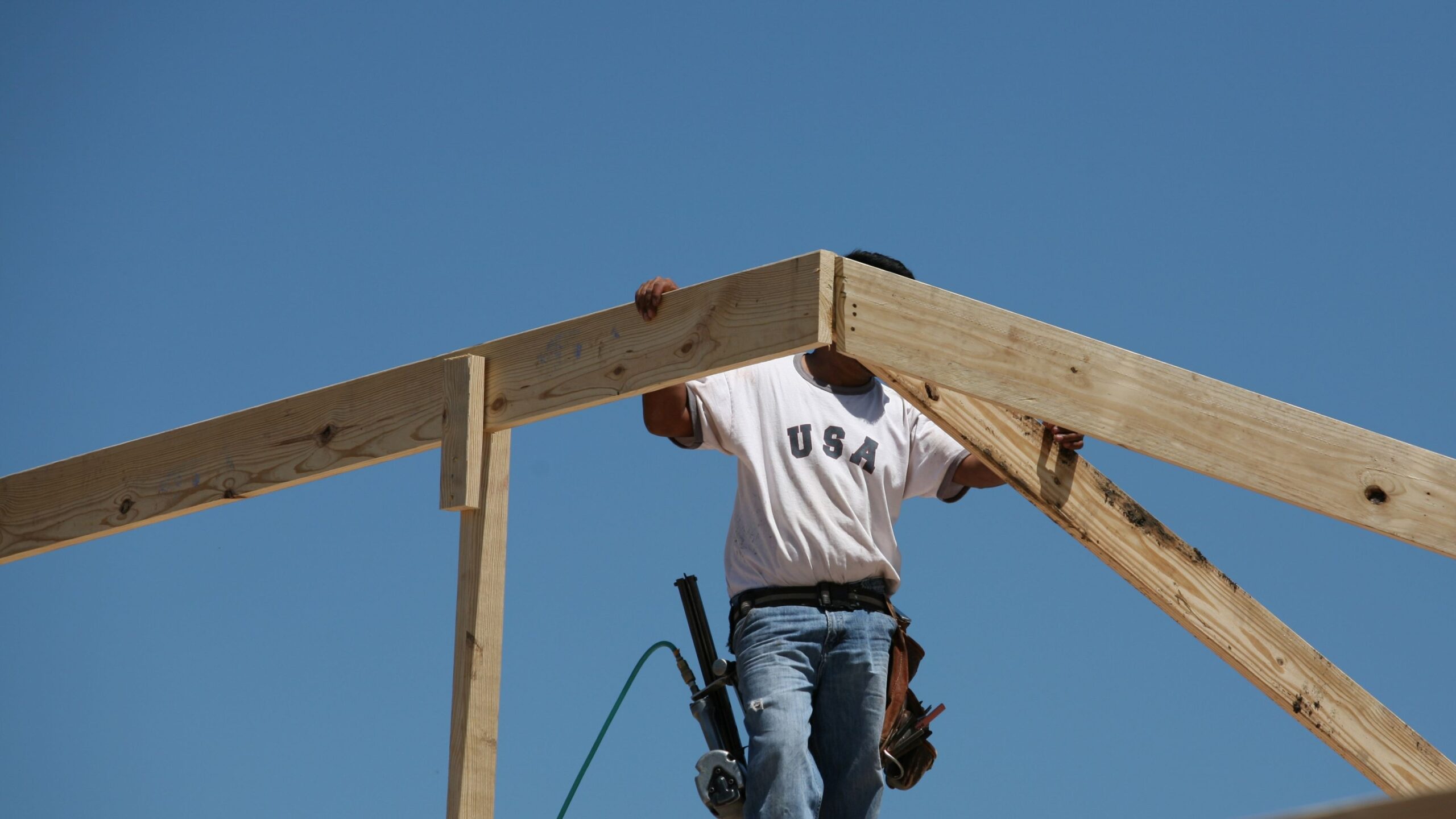
When you’re planning a construction project that involves roof framing, knowing how to figure rafter length accurately is essential. Whether you’re using a rafter length calculator or doing the math yourself, this step-by-step guide will walk you through the process.
Understanding Roof Pitch
What is roof pitch and why is it important?
Roof pitch refers to the angle of the roof, expressed as a ratio of rise to run. It plays a critical role in determining rafter length and the overall strength of your roof structure. Common roof pitches range from 4:12 to 9:12. For example, a 6:12 pitch means that for every 12 inches of horizontal distance (run), the roof rises 6 inches.
Why Roof Pitch Matters
The roof pitch impacts the slope created by the rafters, affecting water runoff, snow accumulation, and overall structural stability. It’s essential for calculating the rafter length and using the correct single rafter length formula to ensure that the roof can bear weight and withstand external forces like wind and rain.
Common values for roof pitches
Roof pitches generally fall between 4:12 and 9:12, with other common ratios like 6:12 and 8:12. These ratios describe the relationship between the roof’s horizontal distance (run) and its vertical rise. A roof pitch of 6:12, for instance, means that for every 12 inches of horizontal run, the roof rises 6 inches vertically. The steeper the roof, the larger the first number in the ratio. Understanding the roof’s pitch is essential to calculate the proper rafter dimensions and ensure structural stability.

Gathering Measurements
Get Your Roof Span Measurements
Begin by measuring the roof span, which is the width of the building from one side to the other. Use a tape measure to accurately record this building width, and don’t forget to account for any overhang beyond the building. This overhang typically consists of the rafter tails that extend past the walls to form an eave.
Measure the Roof Rise
The roof rise can be calculated using the formula: rise = run × pitch. For example, if your roof’s pitch is 6:12 and the run is 10 feet, the rise would be 5 feet. The Pythagorean theorem comes in handy here, as it allows you to find the rafter length when you know both the roof rise and run.

Calculating Rafter Length
Using the Rafter Length Formula
One of the most straightforward ways to calculate the rafter length is by using the single rafter length formula: rafter length = √(rise² + run²). Simply substitute the known values for roof rise and run into this formula to determine the exact length of the rafter.
Calculate Rafter Length Using Pitch and Run
Another approach to determining rafter length is the simplified formula: rafter length = run × √(pitch² + 1). This is a modified version of the exact same formula used for calculating rafter length manually. For instance, if the roof pitch is 6:12, you would use the value 0.5 for pitch in the formula, making it quick to calculate.
Example Calculation
To better understand, let’s assume the roof span is 20 feet and the roof’s pitch is 6:12. First, you calculate the run, which is half of the span, resulting in 10 feet. The pitch, in this case, is 0.5. Applying these values to the formula, you would calculate the rafter length as approximately 11.18 feet. This result will help you determine rafter length accurately for your project.

Rafter Length Calculator: An Alternative
How to use a rafter length calculator to simplify the process
Using a rafter length calculator can simplify the process. These calculators allow you to input the roof rise, roof pitch, or roof span, and they will instantly provide you with the rafter length. Calculating roof truss count can also be done with calculators, helping you estimate how many trusses you’ll need for the project. Additionally, they can estimate truss dimensions, installation costs, and overall material expenses, which is helpful for budgeting.
Rafter Length Calculators vs. Manual Calculation
Using calculators to calculate rafter length reduces the likelihood of errors, especially when dealing with complex roof pitches or longer spans. For homeowners and professionals alike, this can save time and make the process easier to understand, without diving too deeply into math. Using a calculator helps you focus on the work excluding installation costs by ensuring the right measurements and quantities are in place.

Rafter Planning and Design
Determining Rafter Size for a given span
To determine the correct rafter size, use the rafter length formula or a rafter calculator. It’s important to consider factors such as the roof span, roof pitch, and the length of the rafter tails when designing your rafters. The lumber size and thickness of the rafters will also depend on the roof’s pitch and the span of the building. Proper planning with the rafter length factor ensures stability and load-bearing capacity.
Calculating Truss Count and Roof Truss Cost
If you’re using roof trusses, you’ll need to calculate the truss count. The formula for this is truss count = ((roof length × 12)/24) + 1. You can also estimate the cost of roof trusses by multiplying the truss count by the cost per truss. Using a roof truss count calculator can help automate these calculations and give you an idea of both material and installation costs. Calculating trusses carefully can ensure proper support for the roof and accurate truss dimensions.

Cutting Your Own Rafters
How to Cut Your Own Rafters Accurately
When cutting rafters, it’s essential to measure each piece accurately using a framing square and tape measure. Begin by marking the cuts on the lumber for the rafter run and rafter tails. Then, use a circular saw to make precise cuts where the rafter meets the ridge board.
Tips for Successful Rafter Cutting
Double-check all measurements before cutting. Even a small error can throw off the entire construction project. If you’re unsure about the measurements, using a rafter calculator can help confirm the rafter length and angles. When cutting multiple rafters, use the first rafter as a template to ensure all cuts are consistent and accurate.

Conclusion
Recap of the steps to figure rafter length accurately
To accurately figure rafter length, start by understanding the importance of roof pitch and how it impacts your roof’s structure. Gather the necessary measurements, including the roof span and rise, and use the single rafter length formula or a rafter length calculator to determine the correct size for your rafters. When planning your rafters, take factors such as roof pitch, lumber size, and rafter overhang into account. Finally, if you’re cutting your own rafters, be sure to use the right tools, and follow accurate measurements to ensure everything fits together correctly.
Facebook
